Rising Security Concerns
In an era marked by heightened security concerns, the Weapon Night Sight Market is witnessing a notable increase in demand. The proliferation of crime and terrorism has led to a greater emphasis on personal and public safety, prompting law enforcement agencies and civilians alike to invest in advanced weaponry equipped with night sights. This trend is particularly evident in regions with elevated crime rates, where the need for effective nighttime operations is paramount. Market data suggests that the demand for night vision devices is expected to rise significantly, with a projected increase in sales of over 20% in the next two years. This growing awareness of security needs is likely to propel the Weapon Night Sight Market forward, as stakeholders seek reliable solutions for enhanced situational awareness.
Military Modernization Programs
The Weapon Night Sight Market is significantly influenced by ongoing military modernization programs across various nations. Governments are increasingly allocating budgets towards upgrading their defense capabilities, which includes the procurement of advanced weapon systems equipped with night vision technology. This trend is particularly pronounced in countries that are enhancing their military readiness in response to geopolitical tensions. Recent reports indicate that defense spending is expected to rise by approximately 3% annually, with a substantial portion directed towards night vision technologies. As military forces seek to improve operational effectiveness during nighttime missions, the demand for sophisticated weapon night sights is likely to increase, thereby driving growth in the market.
Regulatory Support and Policy Development
The Weapon Night Sight Market is being positively impacted by regulatory support and policy development aimed at enhancing safety and security. Governments are increasingly recognizing the importance of equipping law enforcement and military personnel with advanced night vision capabilities. This recognition has led to the establishment of policies that promote the research and development of night vision technologies. Furthermore, funding initiatives aimed at supporting innovation in this sector are becoming more common. Recent legislative measures have been introduced to streamline the approval process for night vision devices, thereby facilitating their entry into the market. As a result, the Weapon Night Sight Market is likely to experience accelerated growth, driven by favorable regulatory environments that encourage the adoption of advanced technologies.
Technological Advancements in Night Vision
The Weapon Night Sight Market is experiencing a surge in technological advancements, particularly in the development of high-resolution night vision devices. Innovations such as digital night vision and thermal imaging are becoming increasingly prevalent, enhancing the effectiveness of weapon sights in low-light conditions. The integration of advanced materials and miniaturization techniques has led to lighter and more durable products, which are appealing to both military and civilian users. According to recent data, the market for night vision devices is projected to grow at a compound annual growth rate of approximately 7.5% over the next five years. This growth is indicative of the increasing reliance on sophisticated technology in the defense sector, thereby driving the demand for enhanced weapon night sights.
Growing Interest in Hunting and Outdoor Activities
The Weapon Night Sight Market is also benefiting from a growing interest in hunting and outdoor recreational activities. As more individuals engage in nighttime hunting and wildlife observation, the demand for night vision equipment has surged. This trend is particularly evident in regions where hunting is a popular pastime, leading to increased sales of weapon night sights designed for civilian use. Market analysis indicates that the outdoor recreation sector is expanding, with a projected growth rate of 5% annually. This growth is likely to be accompanied by a corresponding rise in the demand for night vision devices, as enthusiasts seek to enhance their experiences in low-light environments. Consequently, the Weapon Night Sight Market stands to gain from this burgeoning interest.


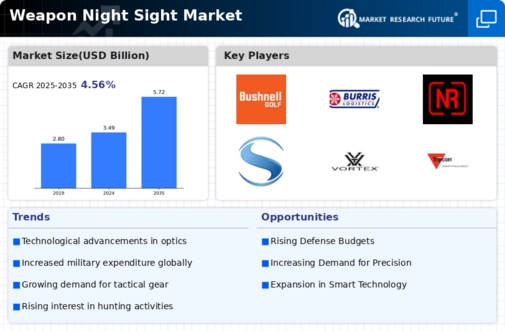
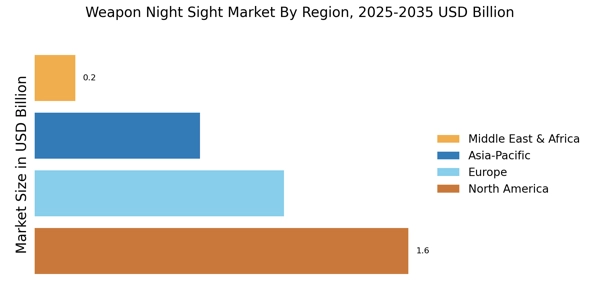
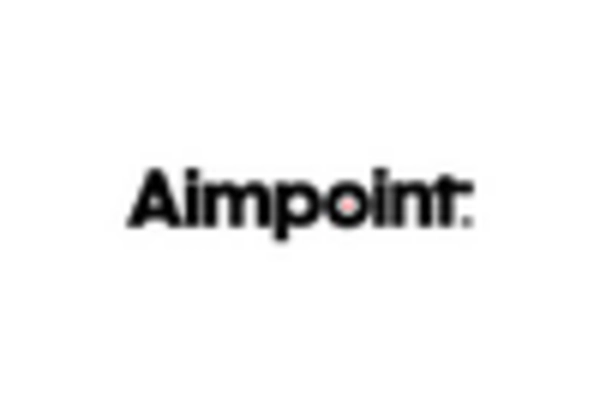

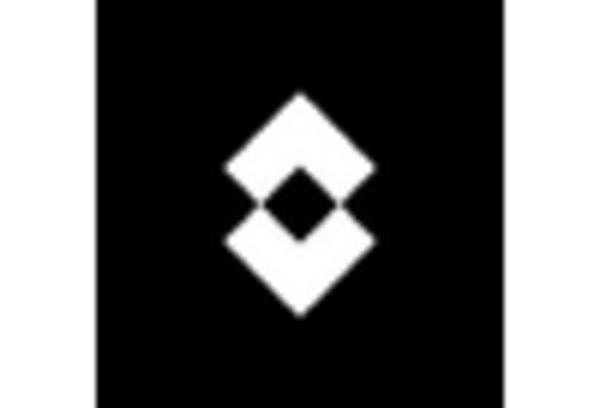

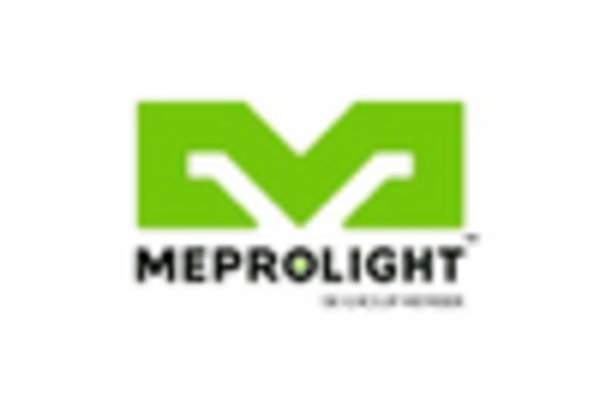








Leave a Comment